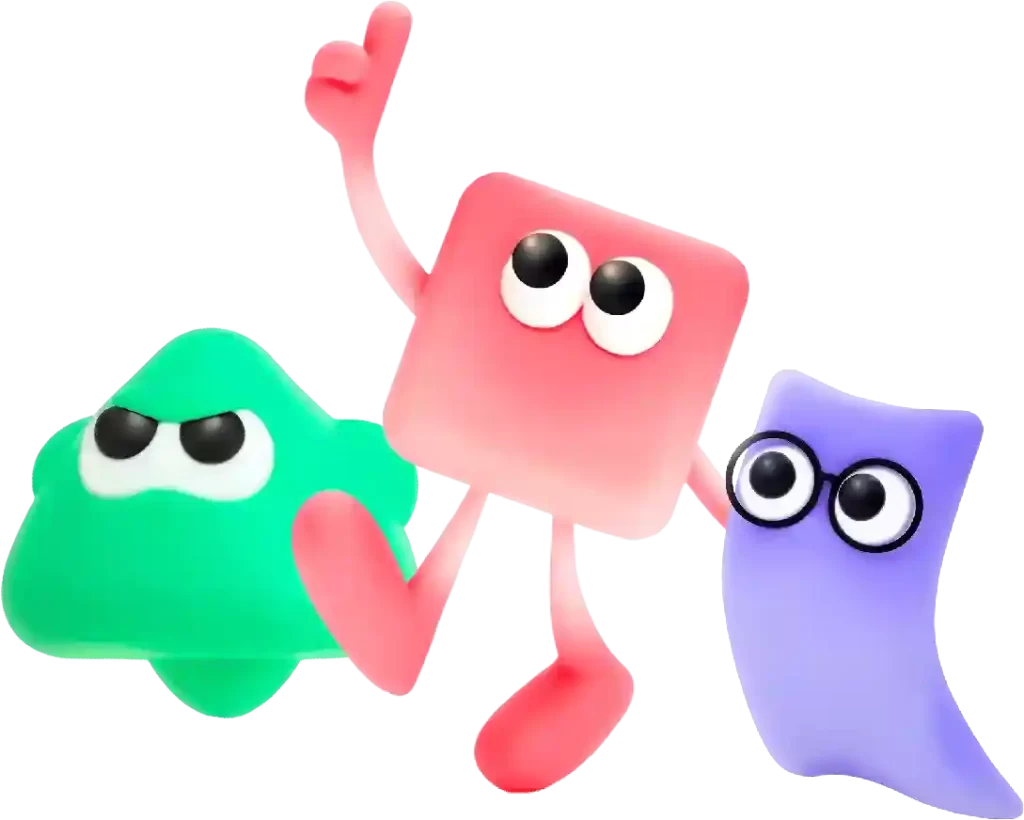Mesopotamia Map Mesopotamia Map What you Need to Know
Mesopotamia MapMesopotamia Map What you Need to KnowMesopotamia, often referred to as the “cradle of civilization,” was an ancient region located in the Middle East, specifically between the Tigris and Euphrates rivers. This region was home to some of the earliest civilizations in history, including the Sumerians, Akkadians, Babylonians, and Assyrians. One of the key aspects of understanding Mesopotamia is through the use of maps. Maps of Mesopotamia can provide valuable insight into the geography, topography, and political boundaries of this ancient region. By studying these maps, historians and archaeologists can gain a better understanding of how the various civilizations in Mesopotamia interacted with each other, as well as with neighboring regions.The earliest known maps of Mesopotamia were created by the Sumerians, who were among the first to develop writing and recorded history. These early maps were typically clay tablets inscribed with cuneiform writing, which depicted the layout of cities, rivers, and other important landmarks in the region. The Sumerians used these maps for administrative purposes, such as planning irrigation systems and organizing trade routes.As Mesopotamia evolved and new civilizations emerged, maps became more sophisticated and detailed. The Akkadians, for example, created maps that showed the boundaries of their empire and the locations of important cities and military outposts. The Babylonians, known for their advanced mathematical skills, also produced maps that were used for land surveys and navigation.One of the most famous maps of Mesopotamia is the Babylonian World Map, which dates back to the 6th century BCE. This map, also known as the Imago Mundi, is one of the earliest known world maps and shows the known world at the time, including Mesopotamia, Egypt, and parts of Europe and Asia. The Babylonian World Map is a valuable historical artifact that provides valuable insights into ancient cartography and the worldview of the Babylonians.In addition to political boundaries and landmarks, maps of Mesopotamia also provide information about the region’s physical geography. Mesopotamia is characterized by its flat, fertile plains, which were ideal for agriculture and supported the growth of early civilizations. The Tigris and Euphrates rivers played a crucial role in the development of Mesopotamian society, providing water for irrigation and transportation. Maps of Mesopotamia often highlight the importance of these rivers and depict the various canals and waterways that were constructed by ancient civilizations.The landscape of Mesopotamia also posed challenges for its inhabitants, as the region was prone to flooding and droughts. Maps of Mesopotamia can illustrate how early civilizations adapted to these environmental factors, such as by building levees and irrigation systems to control water flow and ensure a stable food supply. The geography of Mesopotamia also influenced the development of urban centers, as cities like Ur, Uruk, and Babylon were strategically located near rivers for easy access to water and transportation.Overall, maps of Mesopotamia are valuable tools for studying the history and geography of this ancient region. By examining these maps, historians can gain insights into the political, cultural, and environmental factors that shaped the development of Mesopotamian civilizations. The rich legacy of cartography in Mesopotamia reflects the ingenuity and sophistication of ancient civilizations and provides a window into the past for modern scholars to explore.
Mesopotamia MapAI generated video tool
With the rapid development of modern technology, AI generated video tools have become an increasingly popular topic. This tool has attracted much attention in the media and advertising industries, especially in the media industry and advertising industry, because it can create very vivid and attractive video works through autonomous generation technology. Whether it is used for business presentations, film production, promotional videos or various film and television programs, AI generated video tools can help us achieve our goals and make our works more vivid and interesting.
AI generated video tools can not only save manpower and material resources, but also greatly improve the speed and efficiency of video production. This is one of its biggest advantages. In the past, it took a long time and a lot of human resources to create a complete film, but now with AI generated video tools, you only need to provide a short text description to automatically and quickly generate high-quality videos. This speed and efficiency make this tool more and more widely used.
Of course, the advantages of AI-generated video tools are far more than that. Through this tool, we can also quickly complete a variety of colorful visual effects according to different needs. Whether it is special effects, color grading, music or animation content, it can be achieved quickly and accurately. Especially in fields such as science, medicine, and life, such tools can better help people complete more work and make life better.
Of course, the development of AI-generated video tools faces some challenges and problems. The biggest challenge is how to ensure that the generated videos meet people’s expectations and needs. Completing a visual project requires a wide range of knowledge and skills, such as cultural background, creative imagination, storyline design, production technology, etc. Therefore, we need to continuously improve the tool’s own implementation capabilities and application adaptability through more efficient algorithms and modules, so as to better create better videos.
In short, AI-generated video tools are a microcosm of scientific and technological progress and a powerful tool for people to create better quality videos. We expect that in the near future, this tool that can autonomously produce such high-quality visual works will bring more changes to various industrial, commercial and cultural fields and create a better life for people.
Mesopotamia MapVideo Tool AI
In modern society, video tool AI has become one of the important technologies. This technology has brought great convenience and fun to our lives. Through video tool AI, we can more easily shoot and edit high-quality videos and realize our creativity and dreams. This technology has also been widely used in many fields, such as education, advertising, entertainment, etc.
The emergence of video tool AI has not only changed our understanding of video production, but also had a profound impact on our cultural life. It provides people with more ways and channels of expression, allowing people to watch and share their lives and experiences more conveniently. At the same time, this technology also allows people to better understand their own culture and values, and promotes cultural exchange and communication.
In the future, the development of video tool AI will become faster and more diverse. We can foresee that it will have wider applications and more innovations. With the continuous upgrading of technology, people will dig deeper into the potential and value of this technology, so that it can better serve the development and progress of human society.
Video tool AI is not only a scientific and technological achievement, but also a cultural symbol and spiritual symbol of the new era. It represents the cultural pursuit and innovative spirit of the new generation. I believe that in the future, video tool AI will bring more surprises and inspiration to our lives and culture.
Mesopotamia Map AI generated video
In the world of AI-generated videos, digital Mesopotamia Map seems to carry a mysterious power, leading people to explore unknown miracles. The video screen flows like a dream, with virtual and real interweaving, as if opening the door to the future. Digital and reality are intertwined to create a picture of infinite possibilities, making the viewer feel as if they are in another magical world. In this world, everything is possible, the wings of imagination can fly freely, and the sparks of creativity bloom in the weaving of numbers. People seem to be able to touch the pulse of the future and feel the infinite possibilities brought by technology. The power of AI is demonstrated in the world of sound and picture, and the miracle of numbers jumps out on the screen, making people marvel at the magic of technology. Every pixel is the source of inspiration for creation, and every frame is the expression of the artist’s heart. In this digital fantasy, people and technology become one, creating amazing miracles together. Mesopotamia MapAI generated videos bring people endless surprises and touches, making us believe that the future world will be full of infinite possibilities.





